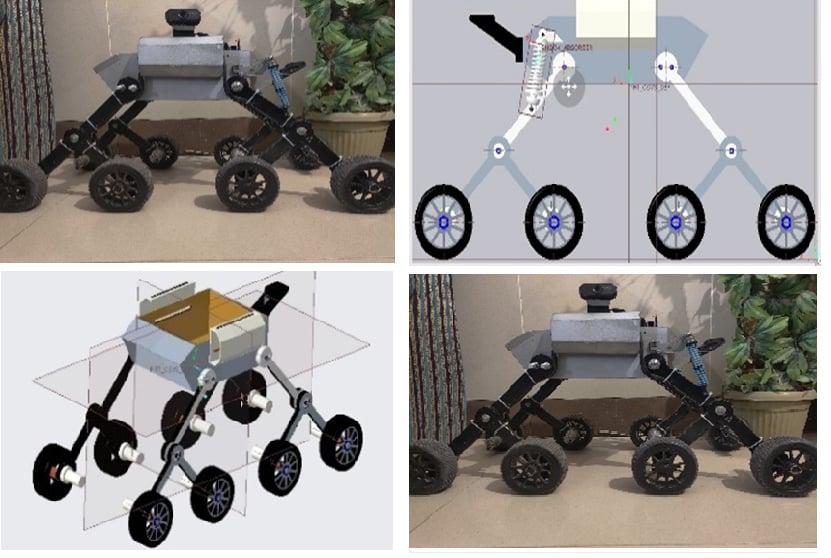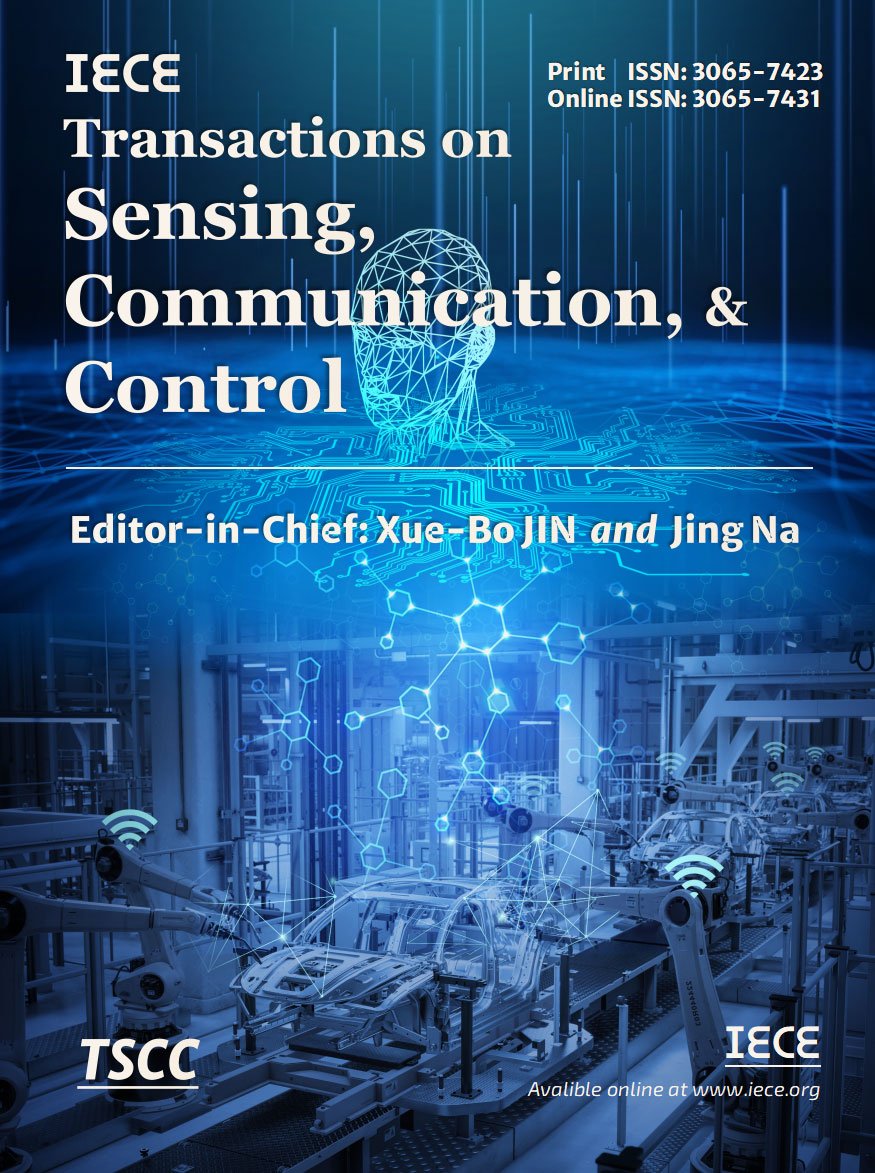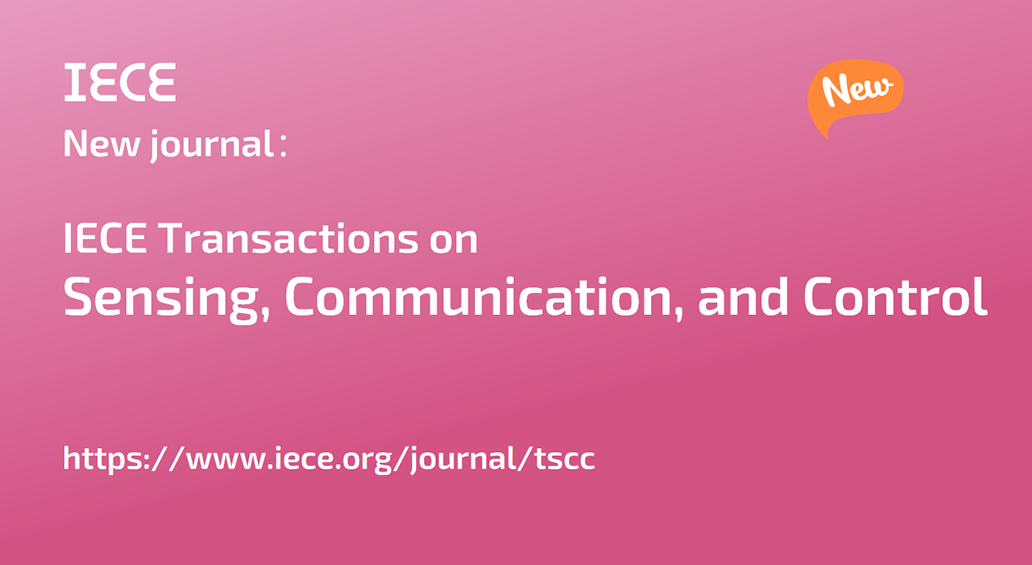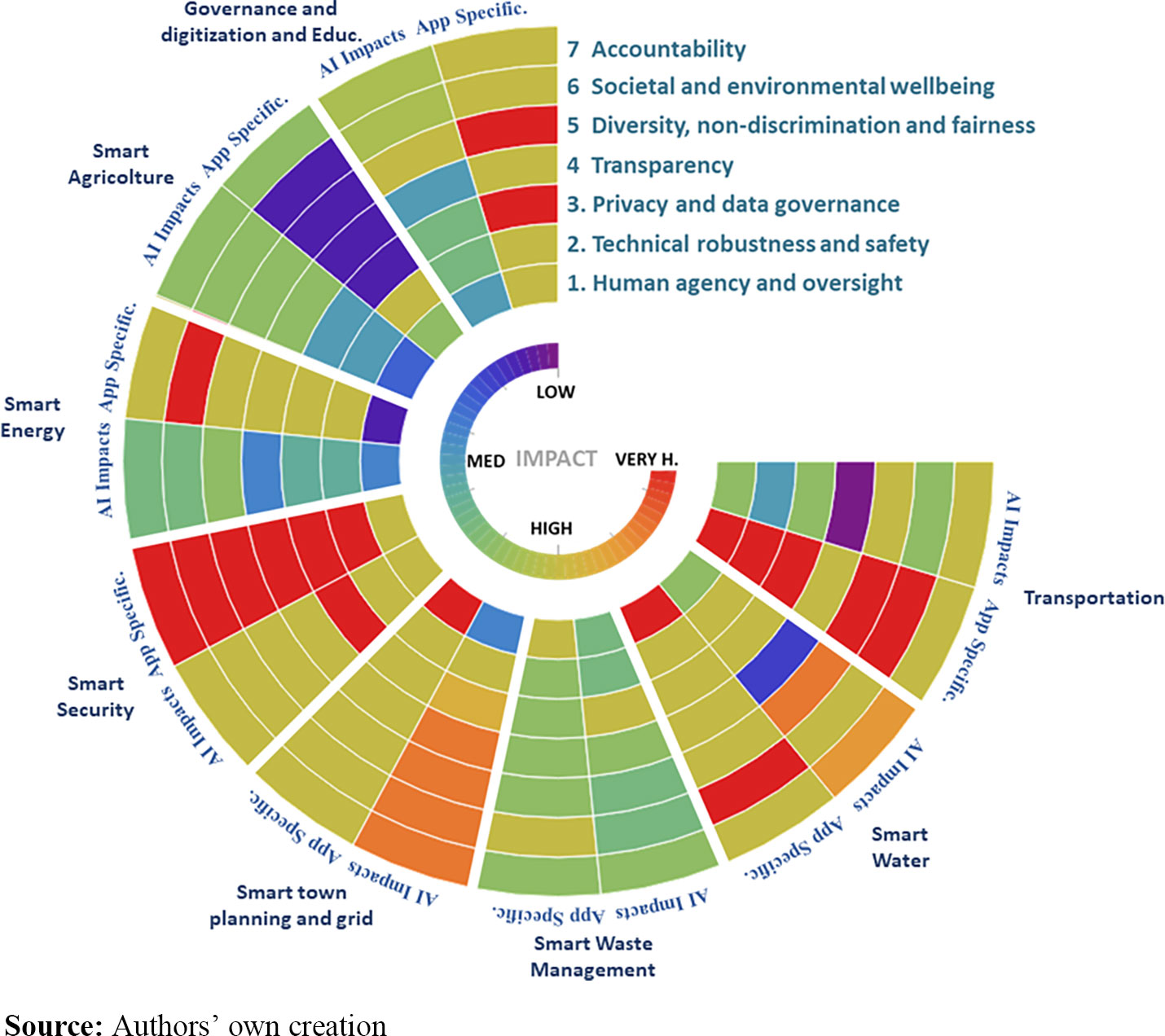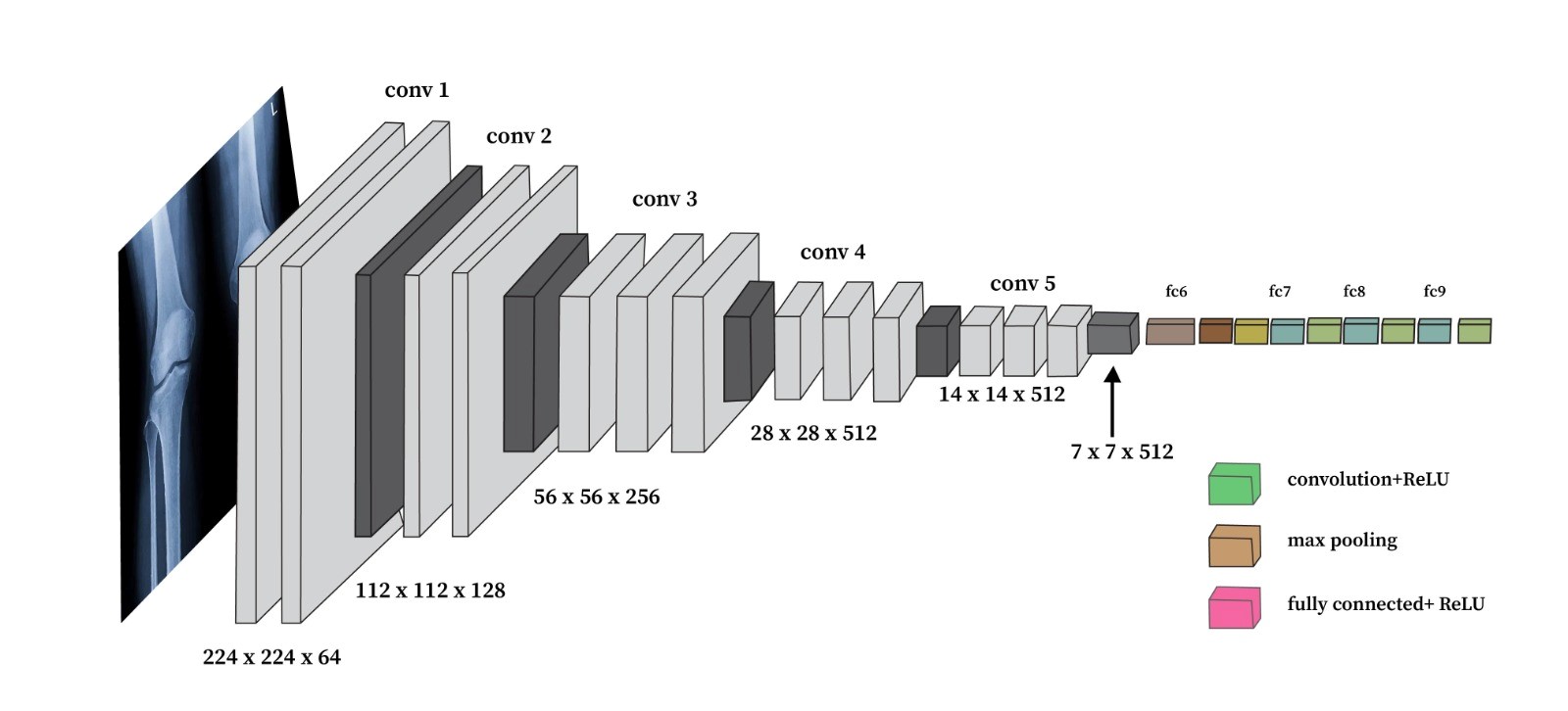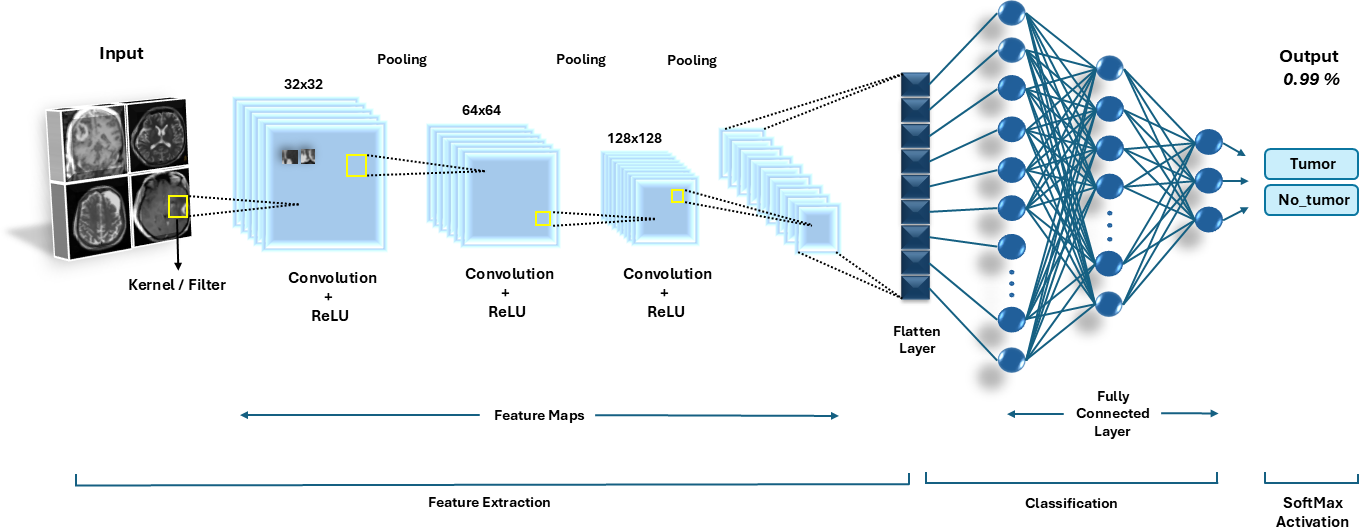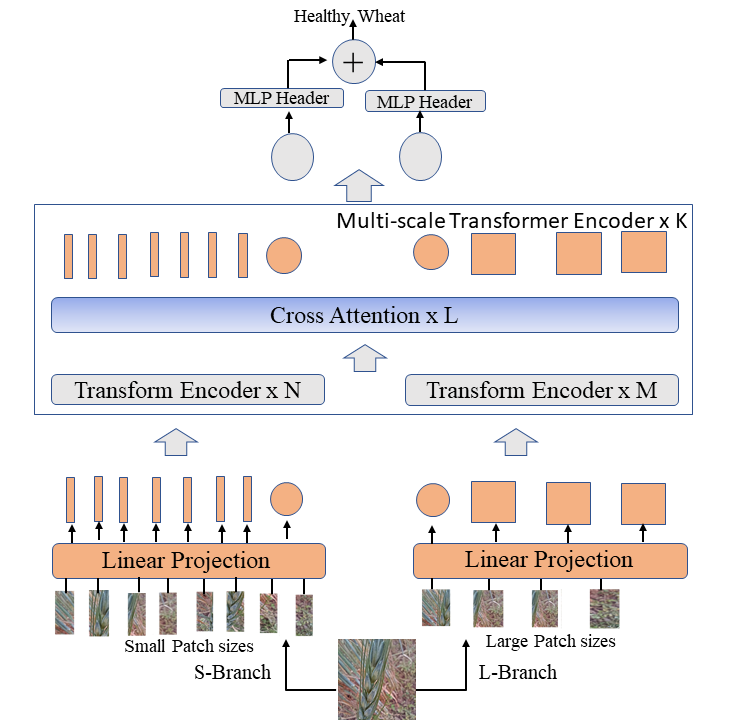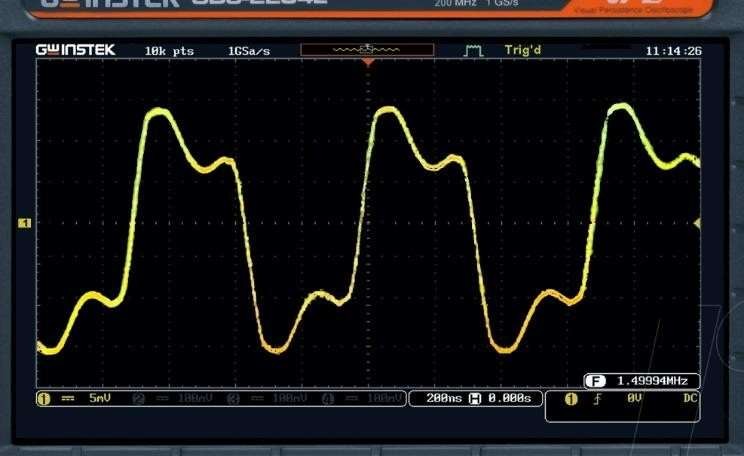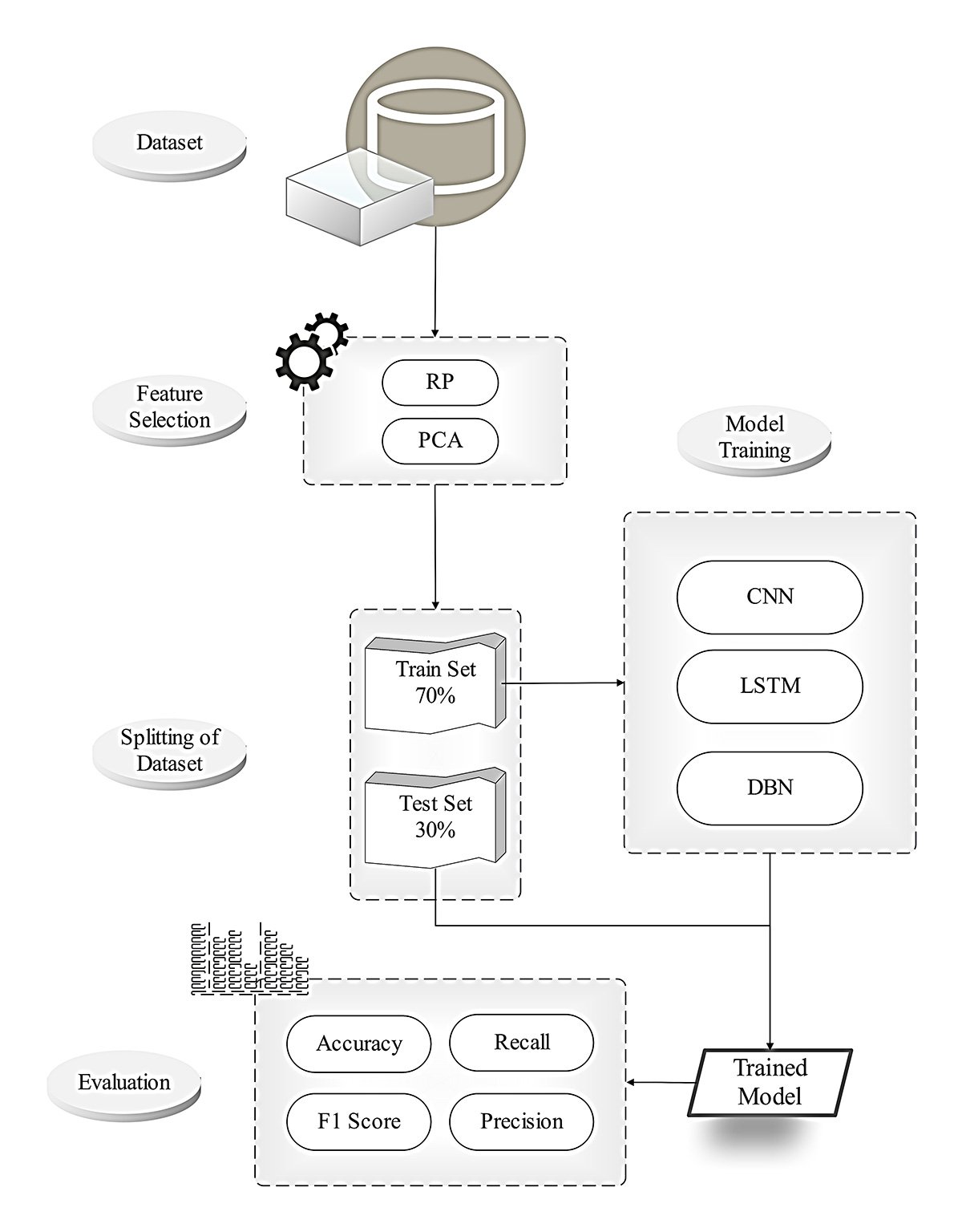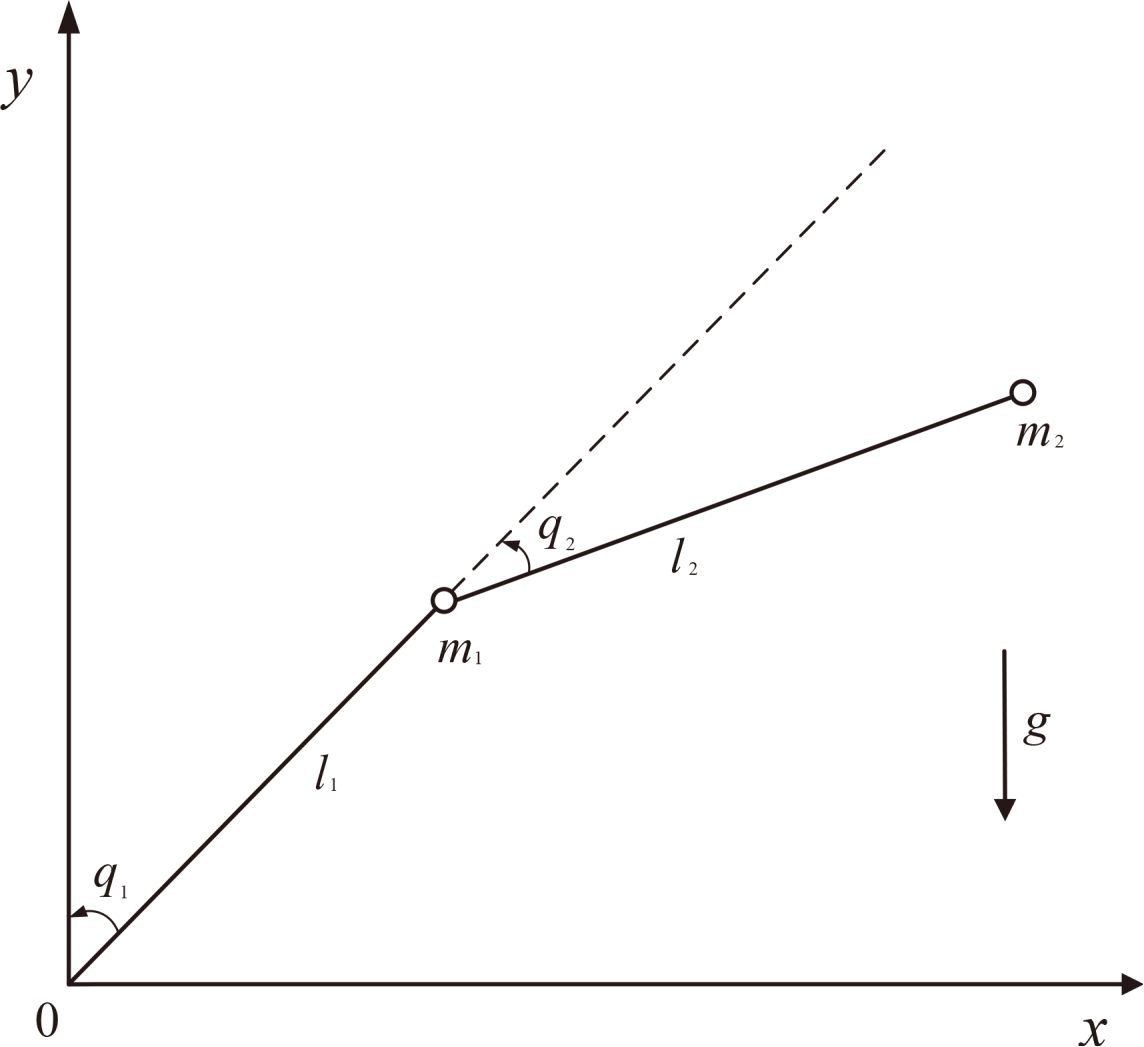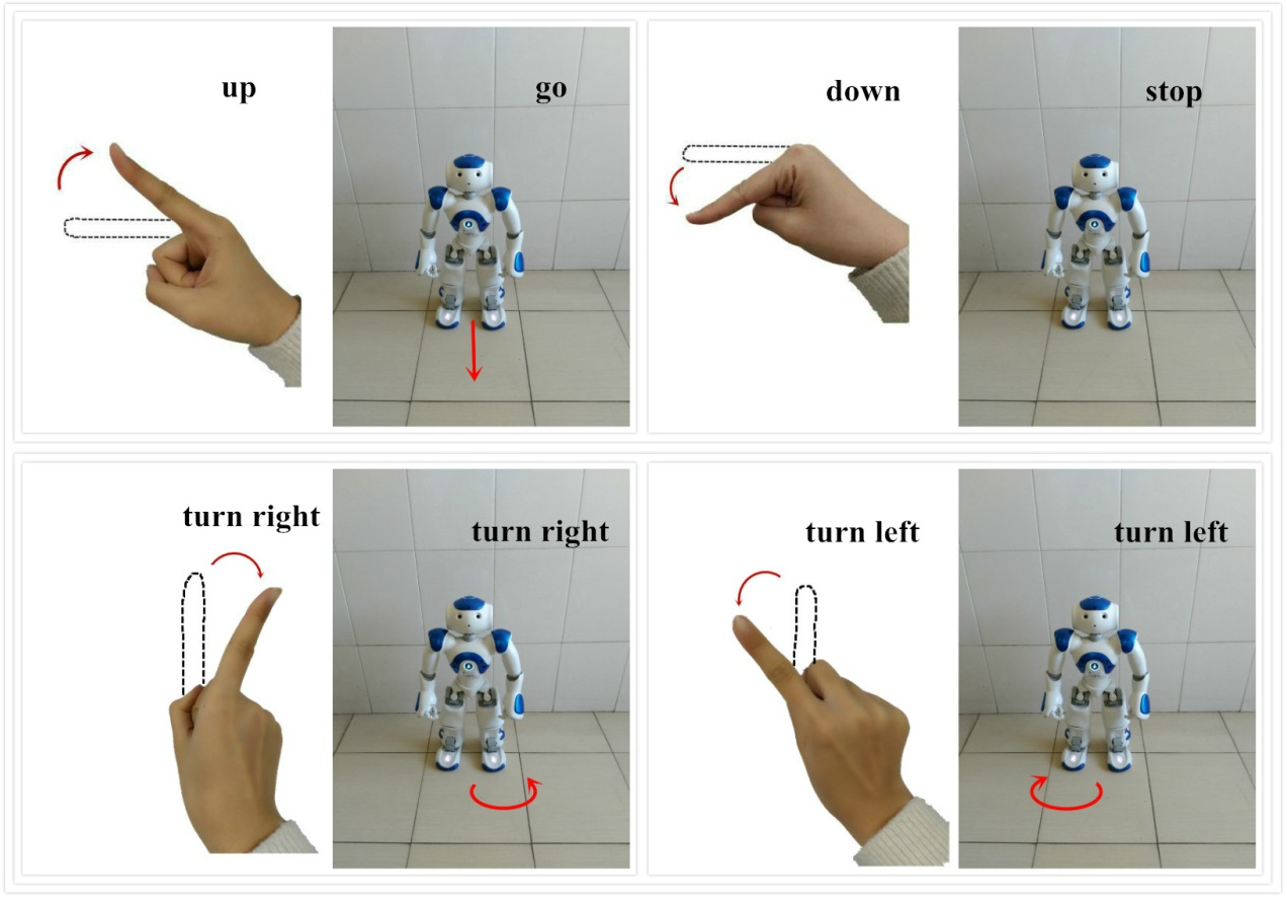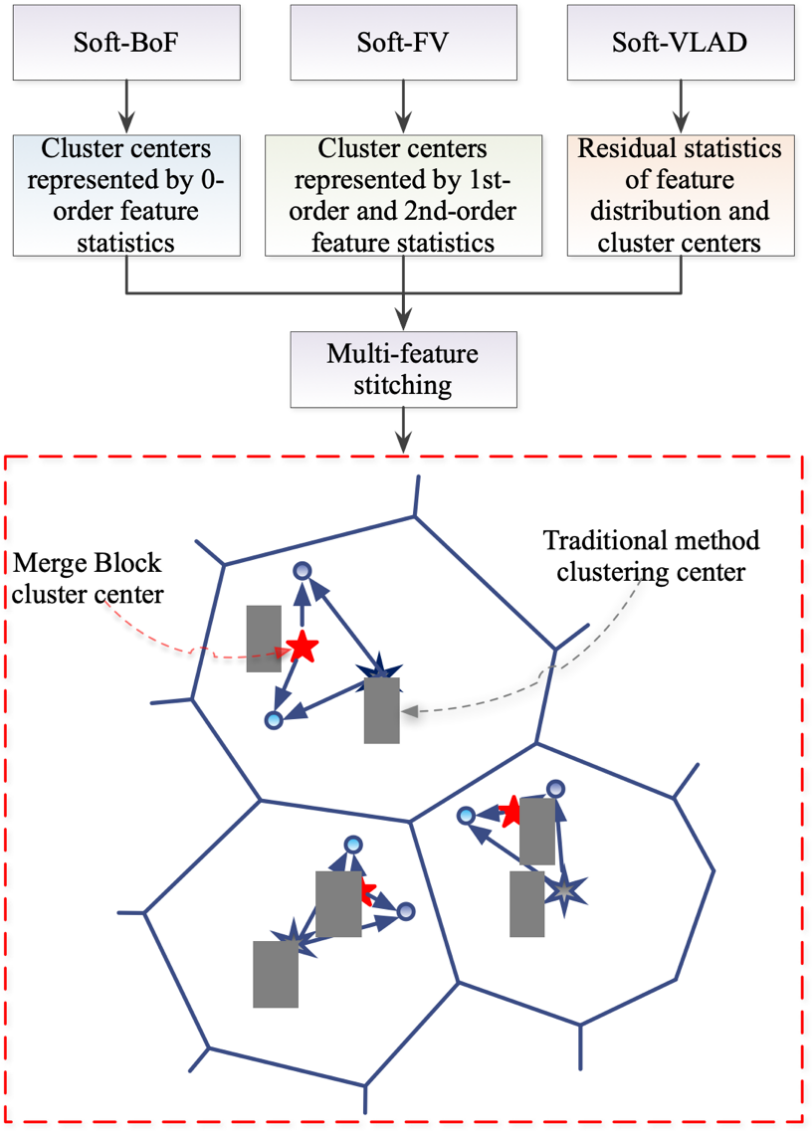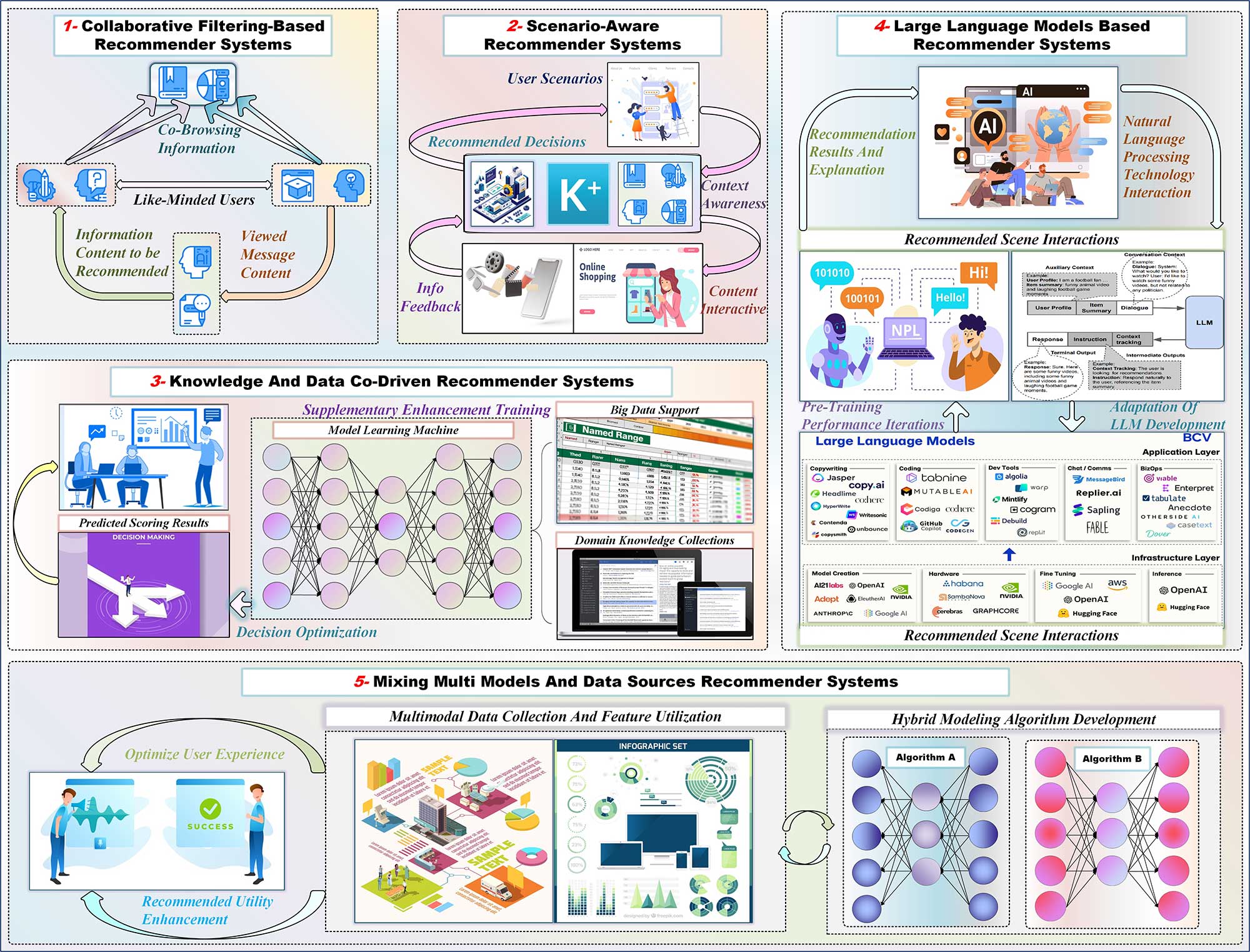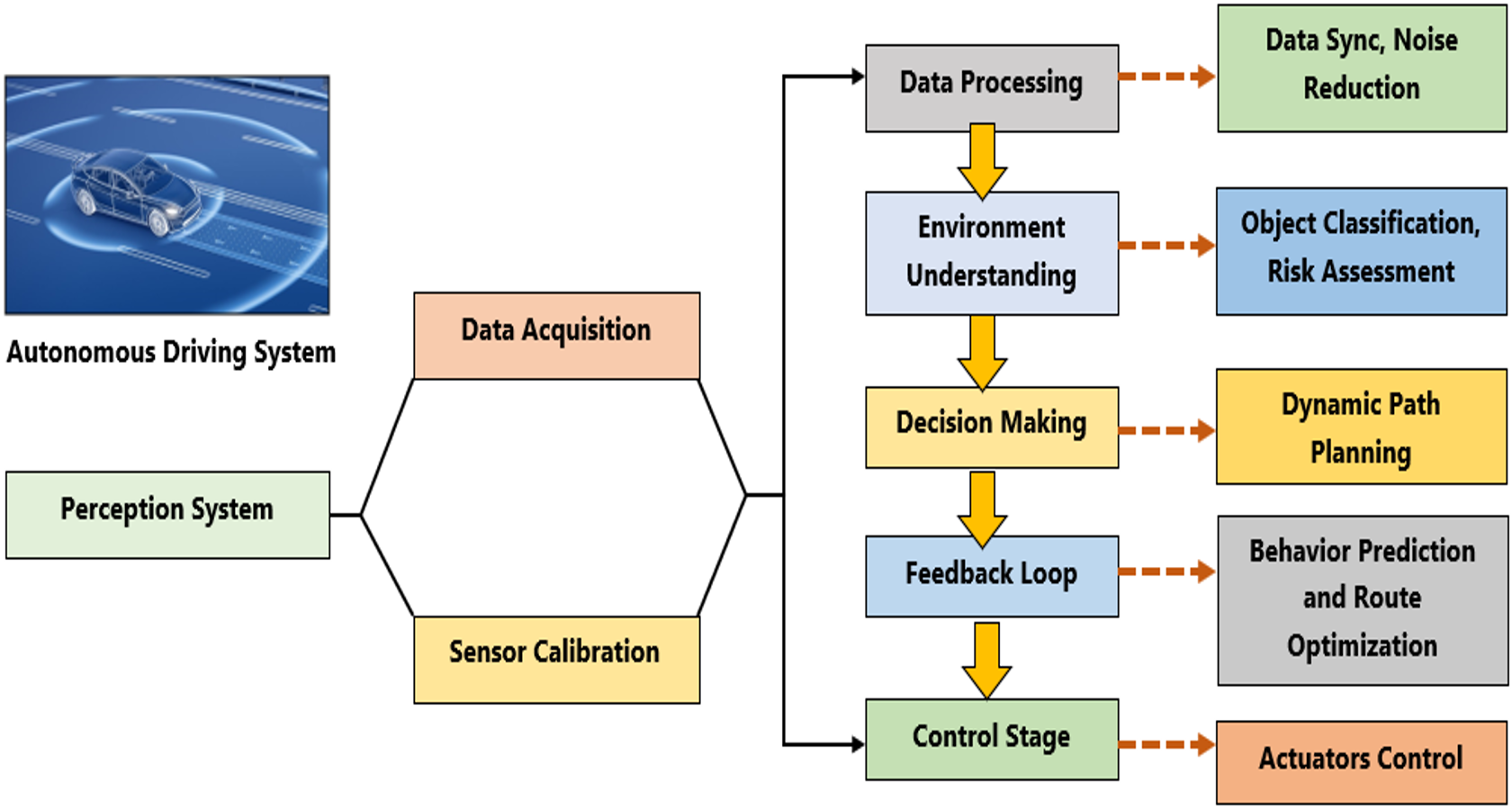IECE Transactions on Sensing, Communication, and Control | Volume 2, Issue 2: 66-74, 2025 | DOI: 10.62762/TSCC.2024.593301
Abstract
This study presents an intelligent automated system for real-time detection and classification of tomato diseases using a Convolutional Neural Network (CNN) integrated within an Internet of Things (IoT) based unmanned ground vehicle (UGV). The CNN was trained and evaluated using a dataset comprising over 20,000 images of tomato leaves categorized into ten distinct diseases—Late Blight, Early Blight, Septoria Leaf Spot, Tomato Yellow Leaf Curl Virus, Bacterial Spot, Target Spot, Tomato Mosaic Virus, Leaf Mold, Spider Mites Two-Spotted Spider Mite, Powdery Mildew—and healthy leaves. The developed CNN architecture, optimized for lightweight deployment on edge devices like Raspberry Pi 4, ac... More >
Graphical Abstract
